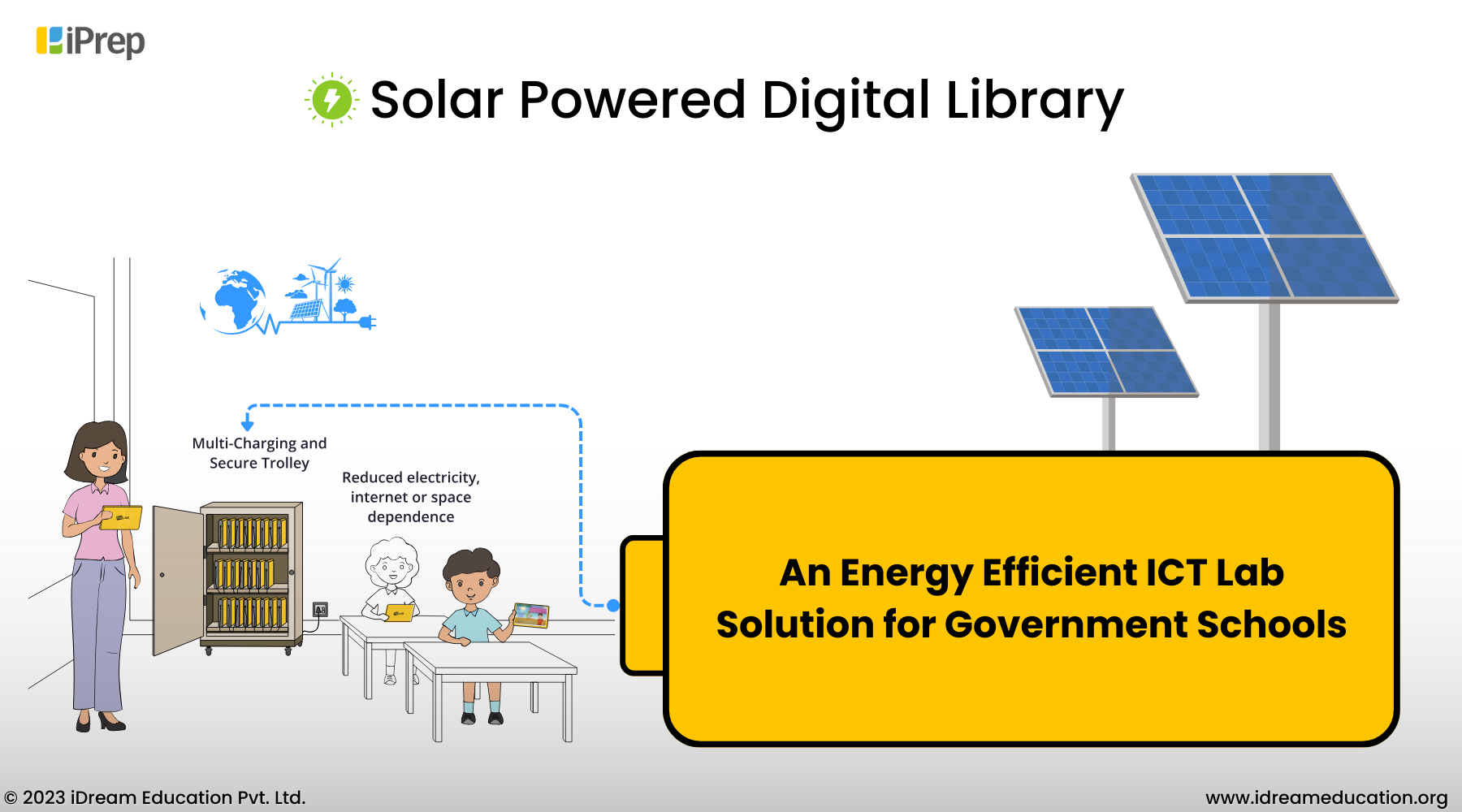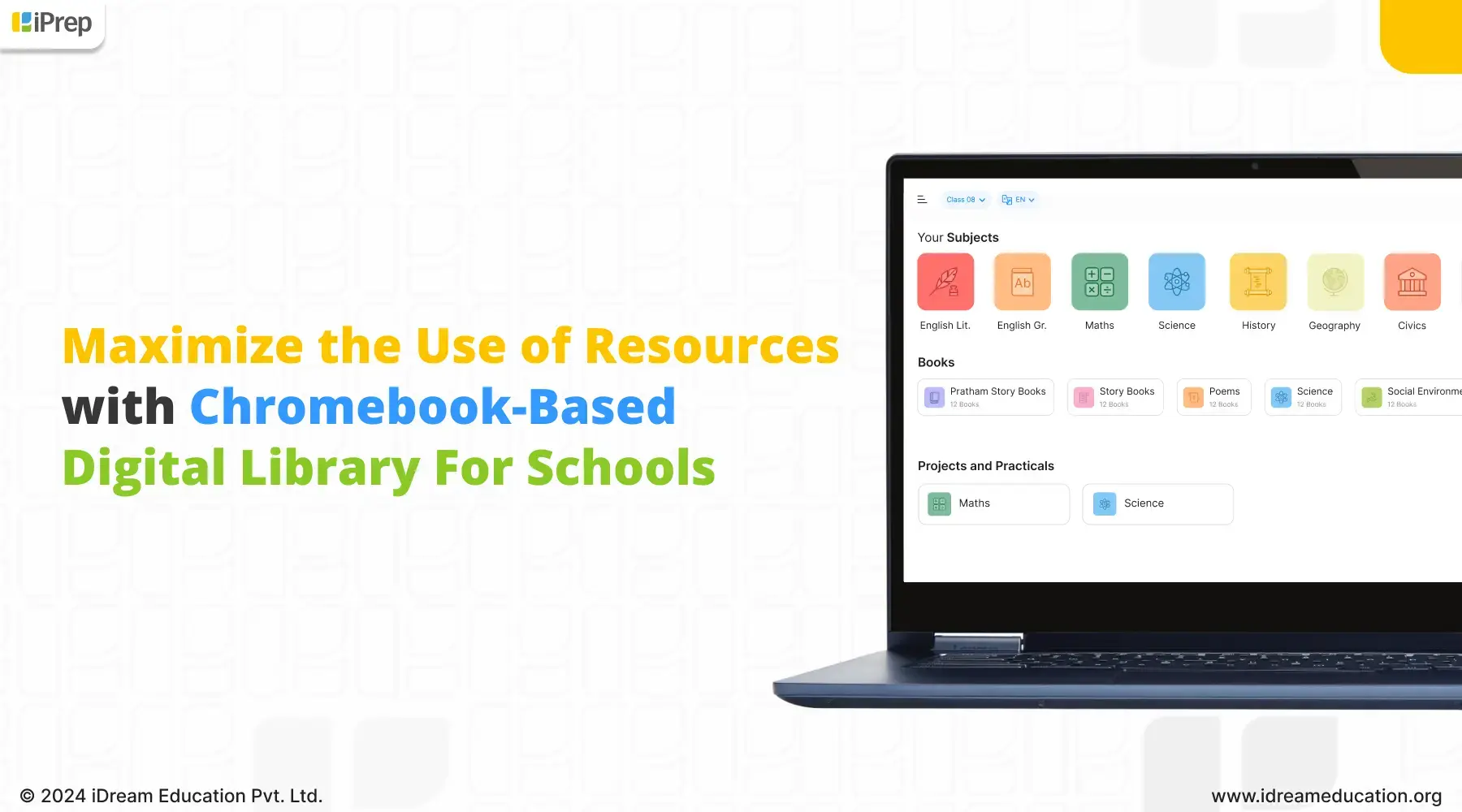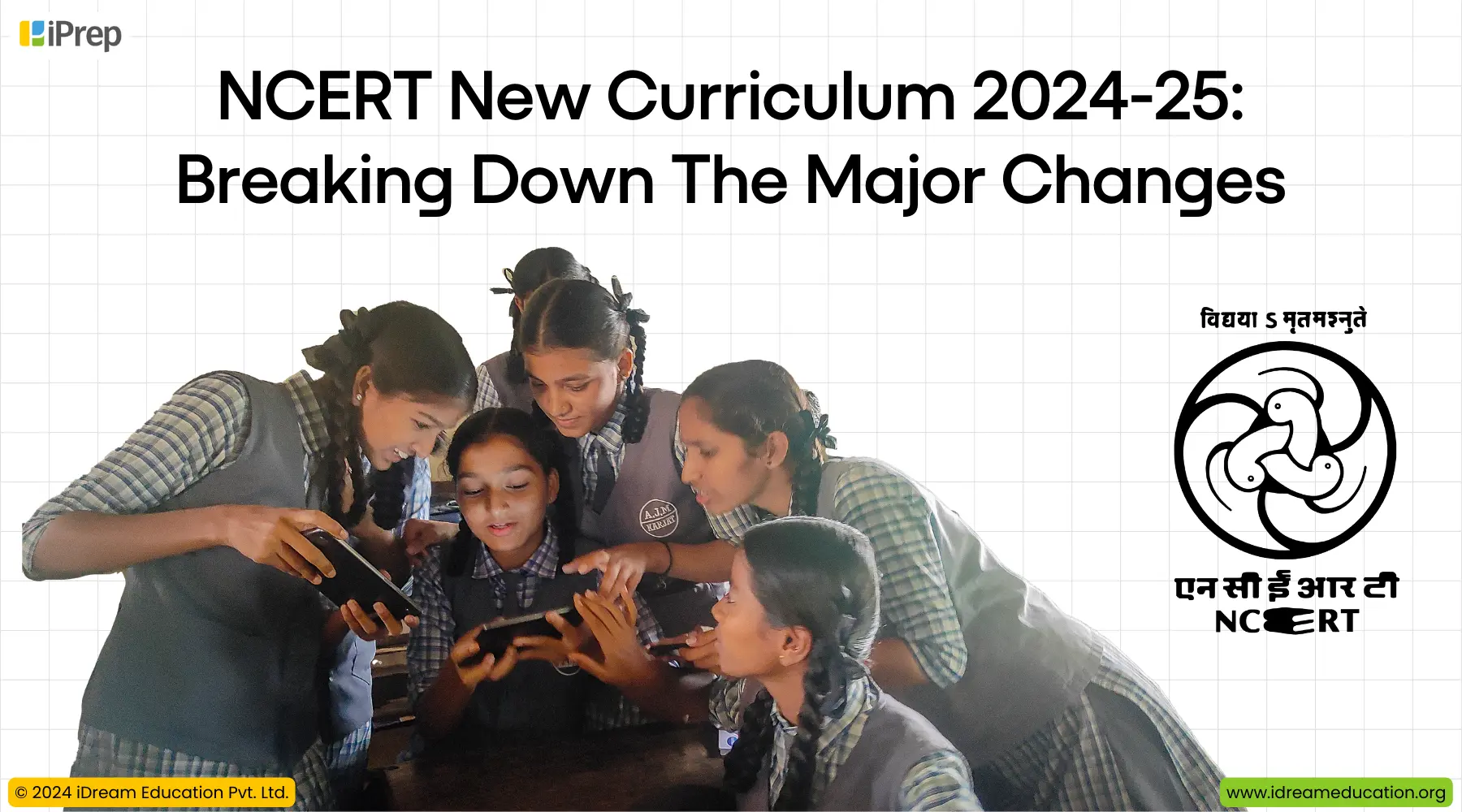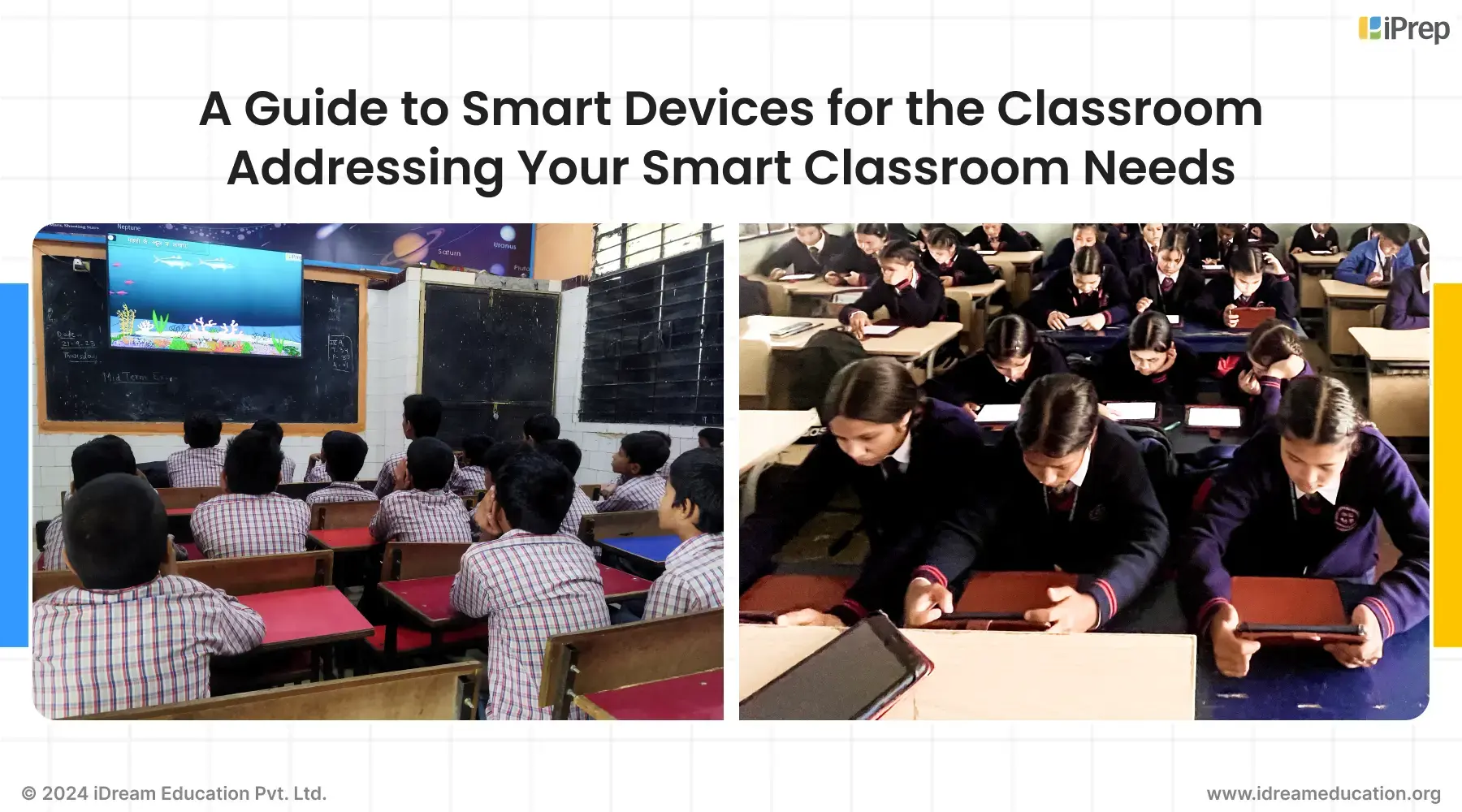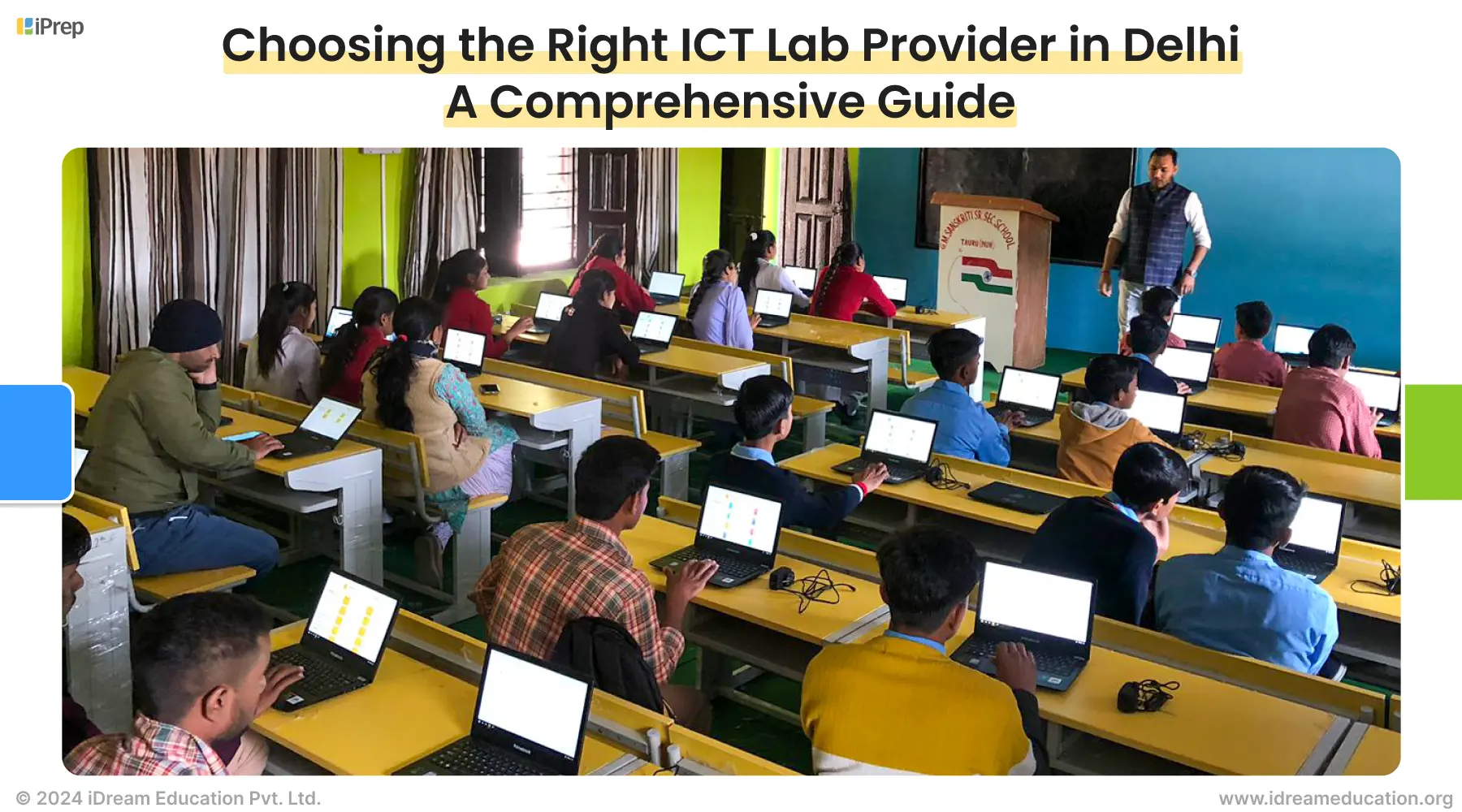Why videos make more sense in our classrooms today?
Aren’t there some instances where few things just make sense. They do it so strongly that we end up not knowing how to even question them. That’s exactly how using videos for learning in the current times makes complete sense. But why? The answer lies in the way our society has evolved over the past 50 years. Let’s go a little deeper into this.
The Past
Let’s look at the generation which grew up in 50s, 60s and 70s. Outside of school majority of them were either involved in various forms of outdoor games. They also read books like amar chitra katha or panchatantra for their dose of fictional stories and entertainment. As TV was not so prominent in those days, parents were mostly exposing their young kids to written text. What happened at very early stages of the child, when he/she was merely a 2-year-old baby? Either to engage the baby or make him/her to stop crying, parents made use of books. Those books had images and text on it. That generation therefore grew up on text based communication. As a result, when that generation went to the school, they were fairly comfortable with a teacher coming to the classroom, giving them a book to read and asking questions from the same.
That is similar even for the generation, which came after them and grew up in 80s and early 90s. It was also dominantly a text-based generation. Only the kind of books changed to Chacha Chowdhary, Nagarujuna, Super Commando Dhruv, Billoo and much more. So, even when this generation went to the school, they were still comfortable with our conventional model of teaching.
The Present
However, with the advent of smartphones, Internet, video-streaming sites like Youtube and with TV becoming so popular, the way the current generation accepts content is drastically different. We are flooded with videos all around us. For the ever so busy with work parents of today, if a child is crying, they will open up their smartphones and start playing a YouTube video. More concerned parents may play a nursery rhyme with animated characters. Someone who is just not bothered may end up playing even a Bollywood song. While earlier mothers used to run around the house after their child to feed them, today’s mother simply turns on a cartoon channel on TV, which engages the child, and they finish eating their food in no time.
Rahul, working in a multinational in Gurgaon has a 2 year old son, says “ Whenever we go out to eat dinner with friends or family, I just switch on a cartoon on my smartphone, which engages my child for 2-3 hours, enough for us to peacefully finish our meal and also interact with my friends”. Rahul in fact also says that his kid is smart enough to take his phone, enter the code, click on the Youtube icon and search for his favorite animated films.
So, while the new generation is becoming smarter and getting familiar with different forms of content, unfortunately at our schools we are still continuing with the same age-old model. A question can be raised that while a large number of schools have adopted technology (smart boards) and multi-media content, why are we still saying that the school system has not evolved.
Yes, technology has penetrated the schools but we need to look at how it is being used. Smart boards have replaced blackboards. Marker pens have replaced chalk. You see here, that only the tools have changed, the way a teacher is engaging with the child is still the same. Multi-media content has made classrooms a little interesting but not every child in the class may like or get excited by the same content. Remember, while some children are listening to nursery rhymes at home, some are growing up on animated cartoons and some other on Bollywood songs and many others are in fact growing up playing games on their parent’s smartphones.
So, while not only the mode in which a child is taking the content has changed, there is so much variety in the kinds of content that every child is unique. Hence, even though technology has become a very important part of a school’s ecosystem, it is still not invoking high level of interest in a child like before. As a system, we are failing to hold on to the interest of the child. We are not able to keep him/her excited to come to school.
Our Initiatives
At iDream Education, we have been experimenting with a lot of interactive and play way softwares. All that to bring back the excitement for learning in a child. One of our most successful experiments has been with our virtual math lab software. The idea is to use videos and games to make mathematics learning fun for the child. At the same time, it will give the power to choose how he/she wants to learn, in what form and when. It is thrilling to see kids rushing up to their computers and turn on the Maths software.
Going into the future, out of two things, one will most certainly happen. We turn back to our storybooks like amar chitra katha or Chacha Chowdhary and therefore retain the existing school system. This however looks highly unlikely. It is therefore in the best interest of everyone to accept the change happening around us. And so, evolve our school education. Video based learning is indeed going to be the future. Those who adapt to it quickly stand to gain in the long run including our young children.
Download Now – learning app


